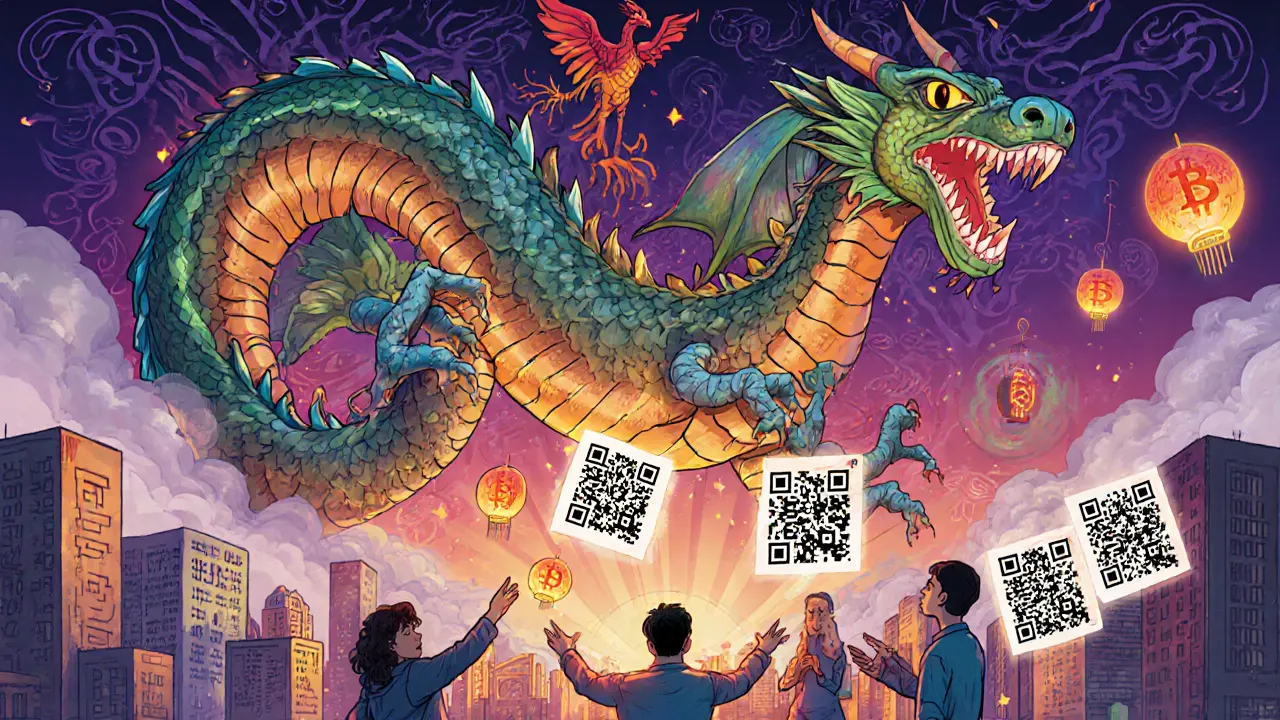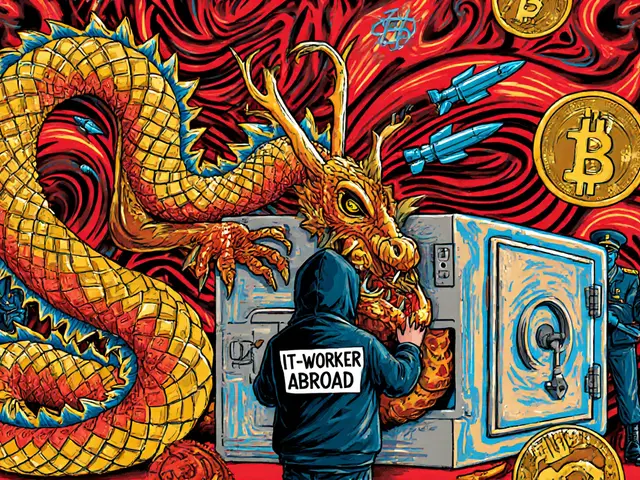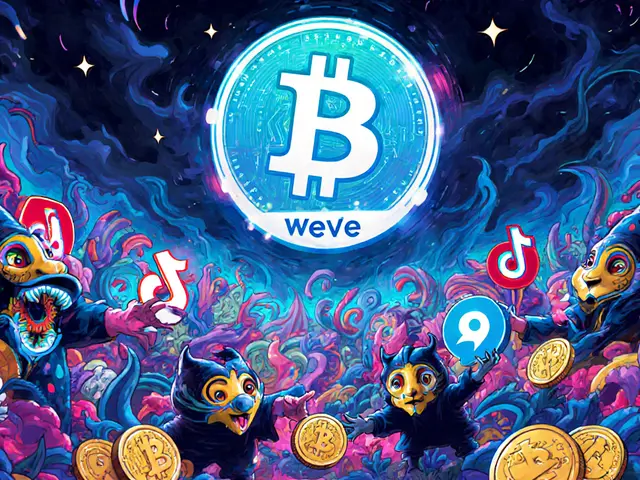Digital Yuan: What It Is, How It Works, and Why It Matters
When you hear digital yuan, China’s official central bank digital currency issued by the People’s Bank of China. Also known as e-CNY, it’s not crypto—it’s money, but digital, traceable, and controlled by the state. Unlike Bitcoin or Ethereum, the digital yuan isn’t decentralized. It doesn’t run on a public blockchain. Instead, it’s built on a permissioned ledger managed by China’s central bank, giving officials full visibility into every transaction. This isn’t about freedom or anonymity—it’s about control, efficiency, and surveillance.
The central bank digital currency, a government-issued digital form of a nation’s fiat money is already in use by hundreds of millions of Chinese citizens. You can pay for groceries, ride public transit, or send money to a friend using a digital wallet linked to your real ID. No middlemen. No banks needed. Just the state and your phone. This system lets China track spending patterns, reduce cash fraud, and cut down on tax evasion. It also means the government can freeze payments, limit how much you spend, or even target specific goods—like banning purchases of luxury items during economic slowdowns.
What makes the digital yuan different from PayPal or Apple Pay? Those are just digital ways to move existing money. The digital yuan is the money. It’s legal tender, backed by the full faith of the Chinese government. And unlike crypto, it doesn’t fluctuate in value. One digital yuan equals one physical yuan. No volatility. No speculation. Just a state-controlled payment tool.
The China cryptocurrency, the broader ecosystem of digital financial tools developed under state oversight includes more than just the digital yuan. It’s part of a larger push to reduce reliance on the U.S. dollar in global trade. China is testing cross-border payments with other countries using the digital yuan, bypassing SWIFT. This isn’t just a tech upgrade—it’s a geopolitical play. If more nations adopt it for trade, the dollar’s dominance could weaken.
And while the U.S. and Europe debate whether to launch their own CBDCs, China is already ahead. Millions of people use it daily. The infrastructure is built. The rules are set. The question isn’t if other countries will follow—it’s how fast. The digital yuan isn’t just a new way to pay. It’s a new way to govern money.
Below, you’ll find real-world breakdowns of how digital currencies like the digital yuan relate to blockchain, privacy, regulation, and global finance. Some posts dive into how it compares to crypto mixers. Others show how governments are using similar tech to track transactions. None of it is theoretical. Every article here is based on what’s actually happening right now.










